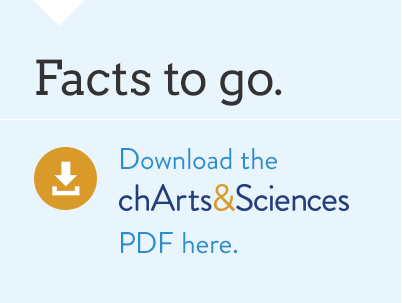Use these facts and figures to key your policy makers into the benefits of the
arts and sciences.
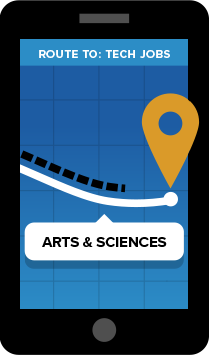 Undergraduate liberal arts and sciences graduates entering the technology workforce outpaced that of computer science and engineering majors by 10% from 2010 to 2013. ii
Undergraduate liberal arts and sciences graduates entering the technology workforce outpaced that of computer science and engineering majors by 10% from 2010 to 2013. ii
When defined for them, 74 percent of employers would recommend a liberal education to young people they know.iii
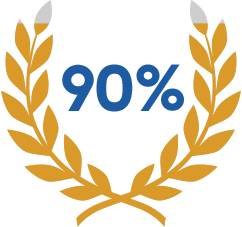 90 percent of Nobel Laureates in the sciences say the arts should be part of every technologists’ education. In fact, 80 percent can point to specific ways the arts boosted their innovative ability. iv
90 percent of Nobel Laureates in the sciences say the arts should be part of every technologists’ education. In fact, 80 percent can point to specific ways the arts boosted their innovative ability. iv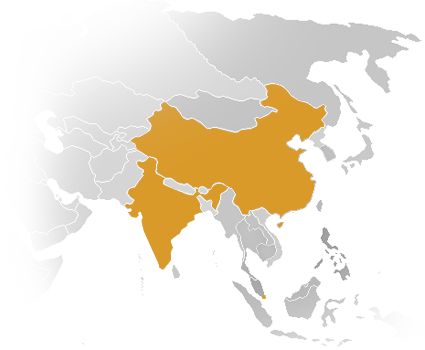
Countries like China, Singapore, and India are integrating the arts and sciences into their higher education models to foster more innovation.v
 Arts and Science Majors Close Earnings Gaps with Professional Majors vii
Arts and Science Majors Close Earnings Gaps with Professional Majors vii
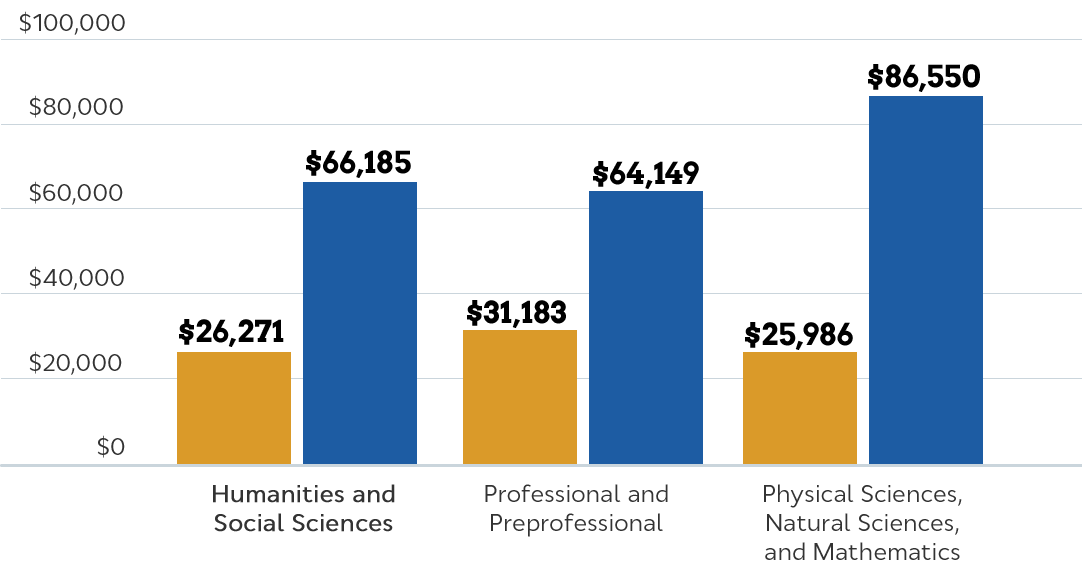
Data courtesy of AAC&U


A well-rounded education pays . One top factor associated with six-figure salaries is taking courses outside your major. x
Now that you know the facts, get inspired by these
key supporters of the arts and sciences
Sources
- British Council, “Educational Pathways of Leaders: An International Comparison,” London, United Kingdom: 2015
- Alice Ma, “You Don’t Need to Know Code to Make It in Silicon Valley,” LinkedIn Official Blog, Mountain View, CA: August 25, 2015
- AAC&U, “It Takes More Than A Major,” Washington, D.C.: 2013
- Robert Root-Bernstein et al., “Arts Fosters Scientific Success,” Journal of Psychology of Science and Technology, Vol 1, No. 2, New York, NY 2008
- Eric Abrahamson, “A Liberal Arts Education, Made in China,” The New York Times, July 3, 2012; Pericles Lews, “Asia Invests in Liberal Arts: US Higher Education Expands Abroad,” Harvard International Review, Cambridge, MA: Spring 2013
- Calculated by adding natural science and mathematics to percentages in the liberal arts from data in Kenneth C. Tsang, “From College to Graduate to Chief Executive: A Closer Look at Education and the Fortune 1000 CEOs“, NACE Journal, Bethlehem, PA: September 2014
- AAC&U and NCHEMS, “Liberal Arts Graduates and Employment: Setting the Record Straight,” Washington, D.C.: 2014
- National Endowment for the Humanities, “Big Wins for the Humanites in the FY 23 Omnibus” Washington, DC Accessed January 26, 2023
- Nancy Thomas et al., “Democracy Counts: A Report on U.S. College and University Student Voting,” Institute for Democracy & Higher Education, Tufts University’s Jonathan M. Tisch College of Civic Life, Medford, MA
- George Anders, “To Earn $100,000 Or More, Roam Outside Your College Major,” Forbes, June 21, 2016


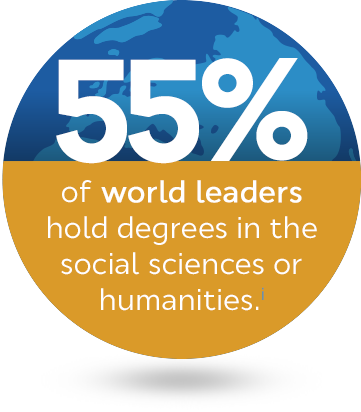

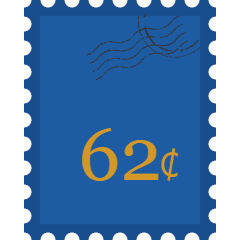
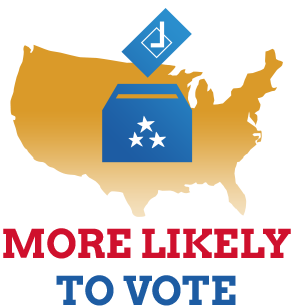 In the 2016 election, students in the social sciences and humanities had
In the 2016 election, students in the social sciences and humanities had 